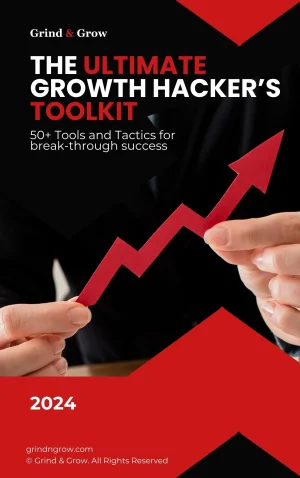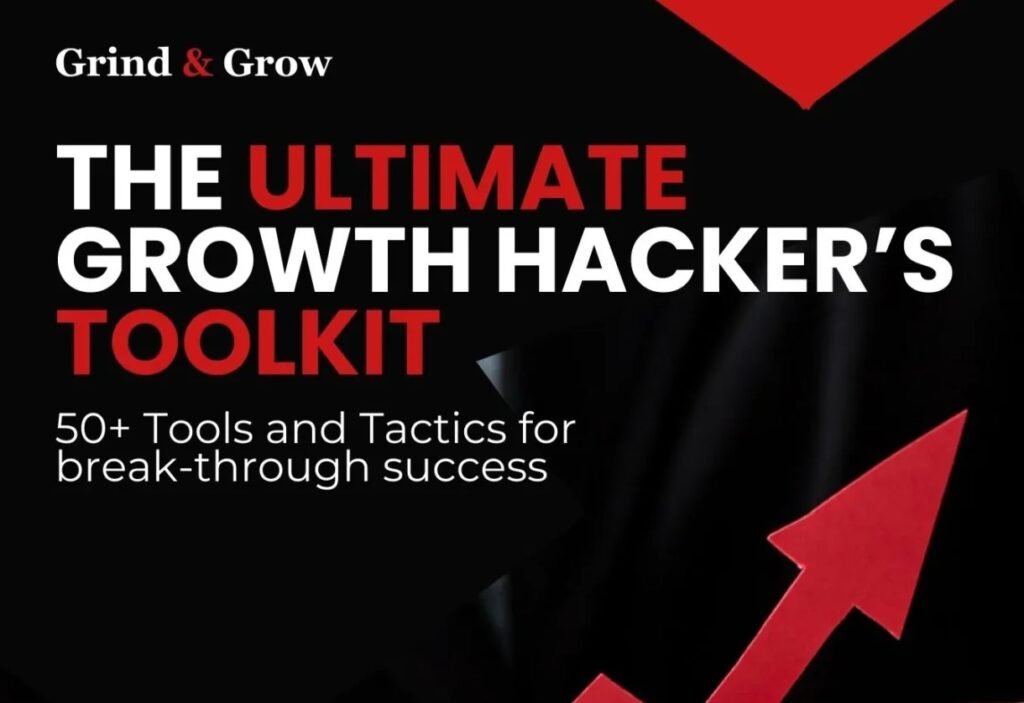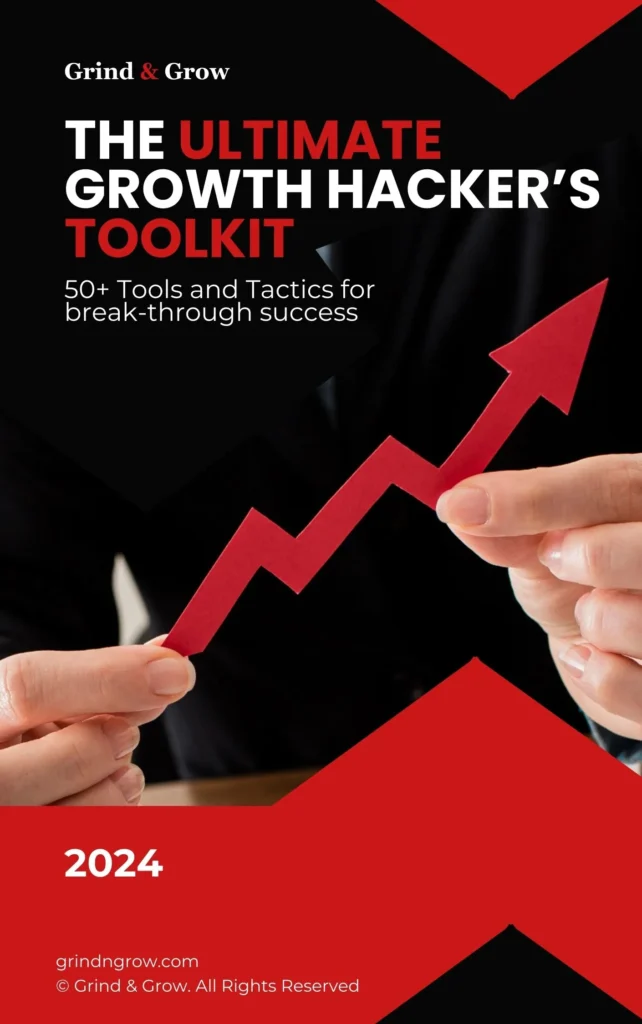Are you feeling swamped by the constant demand for fresh content? You’re not alone. Many businesses struggle to keep up with the relentless need for engaging material across various platforms. That’s where creating a content calendar comes in – it’s a game-changer for streamlining your content strategy. At Grind & Grow, we’re here to guide you through the process of building a content calendar that will revolutionize your outreach efforts and boost engagement.
The Importance of a Content Calendar
In today’s fast-paced business world, a content calendar isn’t just a nice-to-have – it’s an absolute necessity. It’s the backbone of any effective content management system, bringing order to what can often feel like chaos. But why is it so crucial?
Organization and Time Management
Picture this: a well-crafted content calendar is like having a GPS for your marketing efforts. It allows you to organize campaigns methodically, ensuring each piece of content aligns perfectly with your broader business goals. Instead of feeling lost in a sea of ideas, you’ve got a clear direction. This means you can work smarter, not harder – freeing up valuable time for other important tasks and kissing goodbye to the stress of last-minute scrambling.
Fostering Consistency
Ever heard the phrase “consistency is key”? Well, it’s the cornerstone of successful content marketing. By documenting your strategy in a calendar, you’re creating a routine that ensures a steady flow of content across all platforms. This consistency helps build a loyal audience and boosts your brand’s authority. Think of it as the rhythm section in a band – keeping everything in time and on beat.
Avoiding Pitfalls
Without a content calendar, it’s easy to fall into the trap of last-minute content creation. This can lead to missed opportunities or, worse, a brand that looks disorganized. Imagine planning a big product launch, but because efforts weren’t coordinated, the pre-launch buzz fizzles out. Ouch! A content calendar helps align all your marketing activities, ensuring a smooth campaign rollout from start to finish.
Enhancing Team Collaboration
In today’s interconnected work environment, collaboration is king. A well-executed content calendar acts as a unifying force for your team. It’s like a shared vision board, allowing everyone to see and understand long-term goals. This empowers team members to contribute more effectively and aligns their efforts efficiently. It’s not just about assigning tasks; it’s about fostering a collaborative culture where everyone’s on the same page.
In essence, a content calendar isn’t just a planning tool – it’s a strategic asset that propels your content strategy forward, enhances team cooperation, and helps your brand stay ahead of the curve. Ready to dive deeper? Let’s explore how to create one that works for you.
Steps to Create a Content Calendar
Define Your Goals
Before you start plotting out your content, it’s crucial to establish clear objectives. What are you aiming for? Boosting brand awareness? Driving more traffic? Nurturing your community? Pinpointing these goals will be the driving force behind your content strategy. It’s like setting your GPS – if you don’t know where you’re going, how will you get there?
Choose the Right Tools
Once your goals are crystal clear, it’s time to find the right tools to manage your calendar efficiently. Are you a digital app enthusiast or more of a spreadsheet aficionado? There’s a myriad of options to suit every style. Platforms like Trello, Asana, or even good old Google Sheets can offer straightforward solutions to keep everything organized and on track.
Set Editing Guidelines
Consistency and quality often boil down to robust editing guidelines. But how strict should these be? It’s all about balance – firm enough to maintain standards but flexible enough to allow creativity to flourish. Think of it as creating a recipe – you need the right ingredients in the right proportions to make something delicious.
Approval Processes
Efficient approval processes are vital to keeping your content calendar running like a well-oiled machine. Defining roles and responsibilities within your team can streamline this process, preventing bottlenecks and miscommunications. Imagine a smooth flow where content transitions seamlessly from creation to publication – sounds ideal, right?
Monitor Key Dates
Keeping an eye on key dates relevant to your business is a game-changer. Whether it’s a product launch, industry event, or holiday season, integrating these dates into your calendar ensures that your content is timely and relevant. This proactive approach keeps you one step ahead of the competition.
Create a Content Map
Mapping out your content is like crafting a treasure map. It offers direction, helping you visualize where each piece of content fits within your overarching strategy. Consider this step as drawing the big picture – connecting the dots so that every blog, social media post, and email campaign aligns perfectly with your goals.
Setting Deadlines
Deadlines, while sometimes daunting, are essential. They keep your team accountable and ensure your content reaches the audience at the right time. Using practical examples – like mapping out an upcoming campaign – can demonstrate how setting these deadlines can elevate organization and boost productivity.
By mastering this streamlined approach to creating a content calendar, you’re not just organizing your output; you’re setting the stage for heightened engagement and success. Remember, your calendar isn’t just a planning tool – it’s a strategic asset poised to transform your content strategy. Ready to take it to the next level? Let’s explore how to leverage your calendar for maximum results.
Leveraging Your Content Calendar for Results
Content calendars have evolved beyond simple organizational tools. They’ve become pivotal in strategizing for enhanced content performance. But how do you transform a basic calendar into a powerful strategic asset? It’s all about knowing how to set performance metrics, analyze results, and adapt your approach iteratively.
Setting Up Performance Metrics and KPIs
A well-defined content calendar should incorporate specific performance metrics and KPIs that align with your business goals. Think of it as your content’s report card. For instance:
- Blog Posts: Consider metrics such as search ranking improvements, organic traffic growth, and influence on lead generation.
- Social Media Updates: Track engagement ratios, follower growth rates, and virality potential.
- Email Campaigns: Analyze open rates, click-through rates, and subscription numbers.
Keeping tabs on these metrics provides a quantifiable understanding of your content’s performance, guiding you toward more informed decisions. It’s like having a compass that points you towards success.
Emphasizing Regular Review Cycles
For your content calendar to remain a strategic asset, it’s essential to schedule regular review cycles. Think of it as a health check-up for your content strategy. By consistently evaluating past performance data, you can identify successful trends and areas that need improvement. This is where you get to ask the tough questions: What worked? What didn’t? How can we pivot our strategy to get better results?
Remember, the key is agility. When something doesn’t hit the mark, don’t be afraid to tweak your approach. Successful campaigns provide insights on how content resonates with your audience, enabling you to refine your messaging, target segmentation, and distribution strategies.
Learning from Successful Campaigns
One of the most valuable aspects of a content calendar is its ability to document and harness insights from past successful campaigns. Did a particular blog style generate an uptick in leads? Did a specific posting schedule increase follower interaction on social media? These nuggets of information become gold mines for future strategies.
Adapting successful elements allows you to build on past triumphs. For instance, you could experiment with various content types, tones, or platforms based on prior data, continuously fine-tuning to enhance your overall strategy. It’s like being a chef who knows exactly which ingredients work best together to create a mouthwatering dish.
In essence, a content calendar is much more than a timeline—it’s a canvas on which you paint a strategic masterpiece, based on data, agility, and an ever-learning mindset. When wielded effectively, it turns insights into actions and actions into results, ultimately streamlining your content strategy to boost engagement. Ready to take your content game to the next level? Let’s explore some tools and tips to help you maintain your calendar like a pro.
Tools and Tips for Maintaining Your Content Calendar
Creating a structured yet flexible content calendar can feel like a juggling act, but with the right tools, it can become your roadmap to success. Let’s dive into some popular tools that can help you maintain and optimize your content calendar.
Trello, Asana, and Google Sheets
Trello is an incredibly versatile tool for organizing your content workflow. With its card-based system, you can easily track each piece of content from ideation to publication. It’s like having a virtual corkboard where you can pin and move ideas around at will. Trello allows you to attach files, leave comments, and assign tasks to team members, fostering collaboration across your team. Plus, its user-friendly interface makes it easy to jump in and start organizing your content immediately.
Asana steps in when your content strategy requires a more detailed project management approach. You can create tasks, set deadlines, and monitor the progress of each content piece. Its robust reporting feature helps you keep an eye on your team’s workload and productivity, ensuring that deadlines are met without a hitch. Think of it as your content strategy’s personal assistant, keeping everything on track and everyone in the loop.
Google Sheets remains a staple for those who prefer simplicity and familiarity. With its ability to customize and share spreadsheets, Google Sheets offers a straightforward way to layout your content calendar. You can create multiple tabs to separate different aspects of your strategy, such as blog posts, social media content, and email campaigns. It’s like having a digital notebook that your entire team can access and update in real-time.
Maintaining Flexibility Within Your Calendar
While structure is important, it’s equally essential to build some wiggle room into your content calendar. This flexibility allows you to accommodate unexpected changes or capitalize on trending topics. One effective approach is to designate certain days or weeks as flexible slots. This strategy allows you to pivot quickly without disrupting the entire calendar. Think of it as leaving some blank pages in your diary – they’re there when you need them, but don’t clutter your schedule when you don’t.
Fostering Creativity Within Structure
A content calendar doesn’t have to stifle creativity. In fact, it can be a springboard for fresh ideas. Encourage your team to brainstorm freely and jot down spontaneous thoughts. Consider holding regular ideation sessions where everyone can pitch their ideas on upcoming campaigns. By doing so, you allow creativity to flourish within the framework of your content strategy. It’s like having a garden – the structure of the beds helps things grow, but what you plant and how you tend it is where the magic happens.
The Power of Team Involvement and Regular Check-Ins
Harnessing the collective creativity of your team is a game-changer. Regular team involvement ensures everyone is aligned with the content strategy and feels empowered to contribute ideas. Schedule periodic check-ins to assess the progress of your content calendar and make necessary adjustments. These sessions serve as a great opportunity to discuss insights from successful content pieces and refine your strategy for upcoming projects. It’s like having a team huddle – everyone gets on the same page and is ready to tackle the next play.
By leveraging these tools and tips, maintaining a content calendar becomes a powerful strategy to boost content performance while fostering a collaborative and creative team environment. Ready to put these ideas into action? Let’s wrap up with some common questions and final thoughts.
Common Questions
What is a content calendar?
A content calendar is a strategic tool used to plan, organize, and schedule all your content activities, including blog posts, social media updates, and marketing campaigns, to ensure consistency and alignment with your business goals. Think of it as your content’s personal organizer.
How frequently should I update my content calendar?
It’s best to review and update your content calendar on a weekly or monthly basis to adjust for any changes in strategy or respond to emerging trends. Regular updates help maintain relevance and timeliness in your content. It’s like tending to a garden – regular care keeps everything fresh and blooming.
What are the key components of an effective content calendar?
An effective content calendar includes clear goals, audience insights, a content map, an editorial schedule, deadlines, assigned responsibilities, and metrics for evaluating success. It should also have room for flexibility to adapt to unexpected opportunities. Think of it as a recipe – you need all the right ingredients for the perfect dish.
How do content calendars improve team collaboration?
A content calendar fosters collaboration by providing transparency into the content creation process. Team members can easily see upcoming deadlines, identify dependencies, and coordinate efforts, which helps synchronize workflows and enhance productivity. It’s like having a shared roadmap that everyone can follow and contribute to.
Conclusion
Creating a content calendar revolutionizes the way you approach content marketing, ensuring efficiency and strategic alignment. Armed with the insights and tools discussed at Grind & Grow, you’ll be well-equipped to optimize your content strategy and maintain a consistent brand presence. Remember, a solid calendar isn’t a set-and-forget tool, but an evolving framework to guide your communication efforts. It’s your secret weapon in the competitive world of content marketing.
Interested in how you can accelerate the growth of your business? Find more resources like this one to grow your business cost-effectively at grindngrow.com, and consider joining our mailing list to get exclusive tips and extraordinary savings on services to grow your business.






